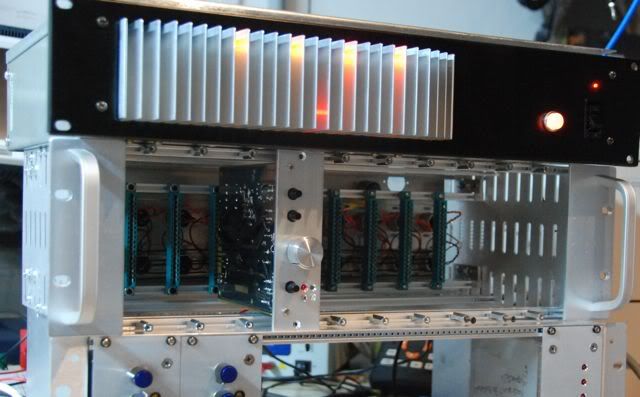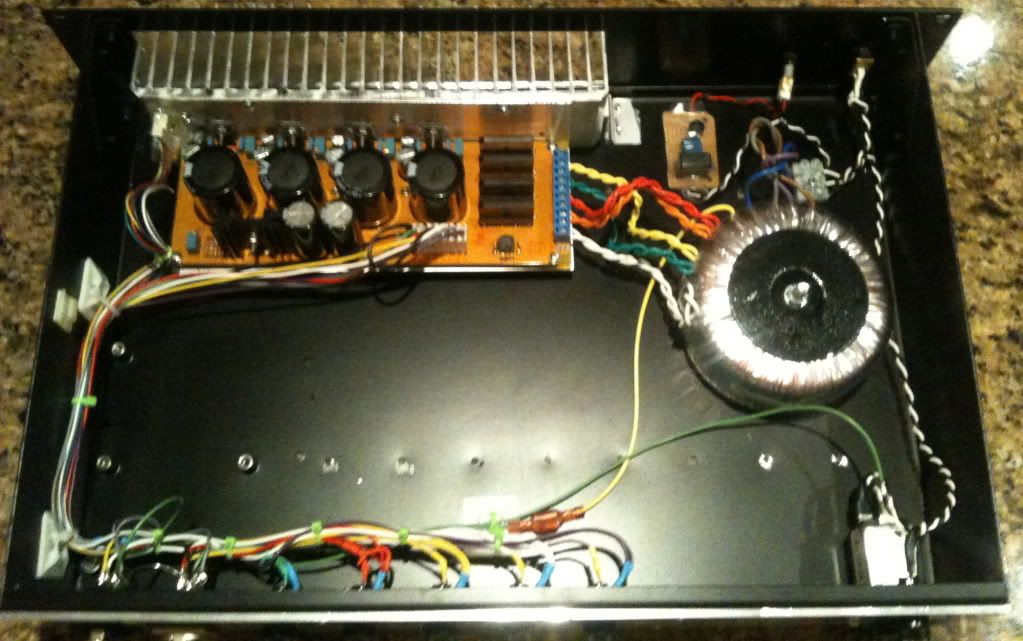Hi There,
I have them laying around for sometime now/
It breaks my heart to just dumped them for the aluminium, but they are heavy, and so sending them out dunno if it's also worth it.
What would you guys do?
I maybe will keep one or two, but i have about 5 in random shapes and some by pair.
Just some pics for showing these, their dimension is about 200 to 300mm long and 120 to 180mm wide, depending on model.
And they can weight from 1.9 to 3.6Kg


I have them laying around for sometime now/
It breaks my heart to just dumped them for the aluminium, but they are heavy, and so sending them out dunno if it's also worth it.
What would you guys do?
I maybe will keep one or two, but i have about 5 in random shapes and some by pair.
Just some pics for showing these, their dimension is about 200 to 300mm long and 120 to 180mm wide, depending on model.
And they can weight from 1.9 to 3.6Kg






